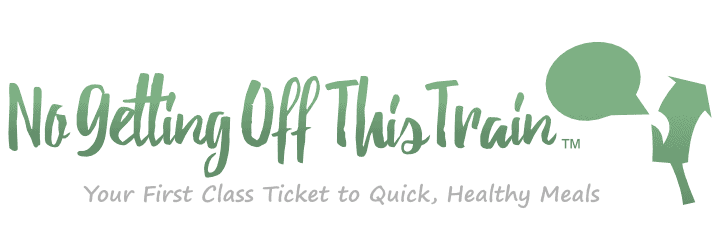It’s not quite dinner time, but you’ve got this craving for an afternoon snack.
In the past, you’ve gotten a bag of cookies, which tastes amazing. But then an hour later, you feel that energy crash again and you look for something else to fill that void.
Now, there’s nothing wrong with cookies! If you’re looking for nutritious foods- something that will fill you up- you may need to look outside the bag.
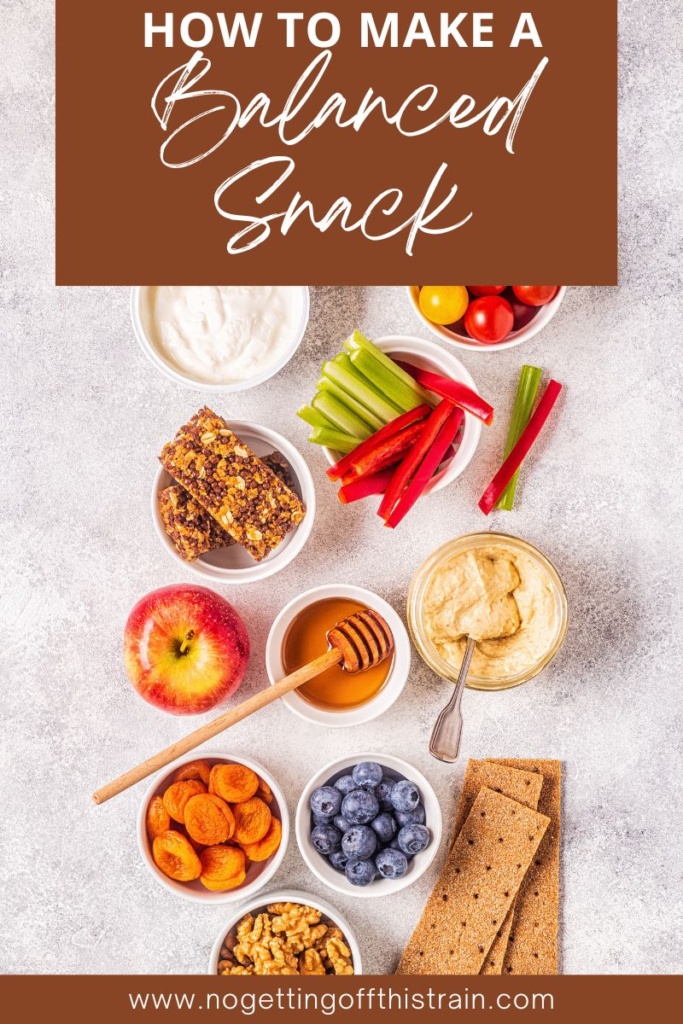
So what does a balanced snack look like, anyway? Below, I go into detail on what a healthy snack looks like, how to determine portion size, and actual snack ideas!
The purpose of a snack
In general, a snack is like a mini meal. It’s something to satiate your hunger when you’re in-between meals. So when you’re coming up with a snack, think of it as something to fuel your body just like a regular meal would. I’ve actually found that snacking throughout the day gives me fewer cravings for sweet foods at night.
There is no “right timing” when it comes to eating a snack. Generally, main meals are spaced 5-6 hours apart. So a snack can be used in the in-between, like 2-3 hours after a main meal.
A snack can also just be for fun! Whether you’re at a party or maybe someone brought in donuts, food is also supposed to be fun and you need to enjoy it.
A lot of times though, the fun snack foods are not always as filling and you may find yourself hungry an hour later. This is where finding the balanced snack comes in, and where this blog post will focus.
Where to start
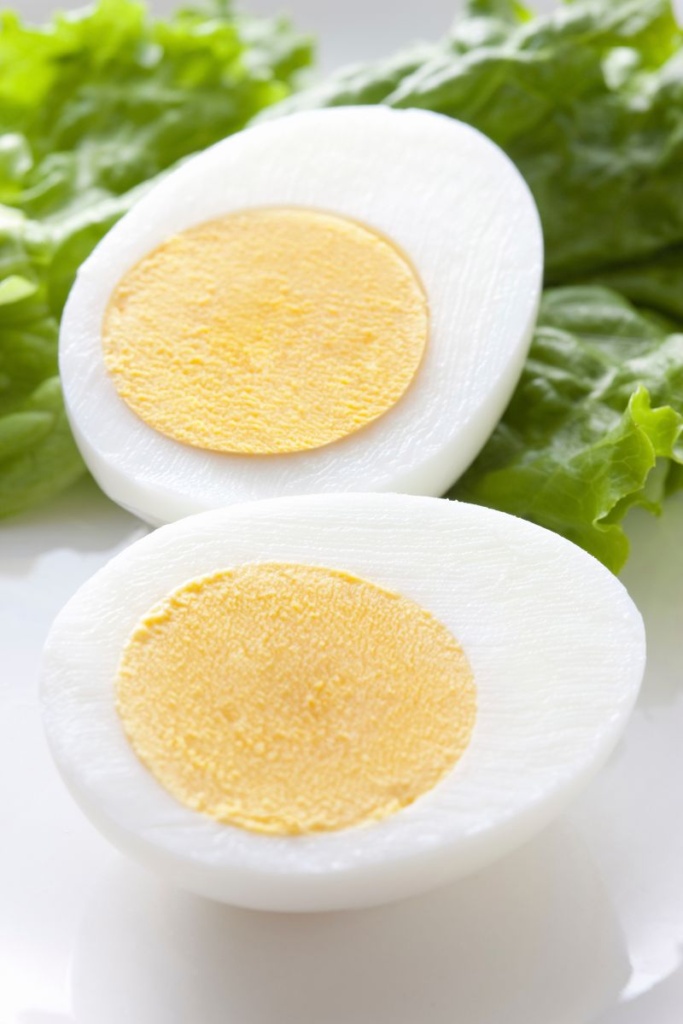
Add a filling protein
Protein is one of the main building blocks of the body. It helps maintain muscle mass and repairs muscle after a hard workout. It also keeps you full longer and can help you lose weight!
Now, protein isn’t just for body-builders. Everybody needs protein, especially as you get older! The main protein source comes from meat products, but dairy products can have a good amount as well. Here are a few examples of protein:
- Chicken
- Eggs
- Beef
- Tuna
- Cottage cheese
- Greek yogurt
- Cheese
- Beans and lentils
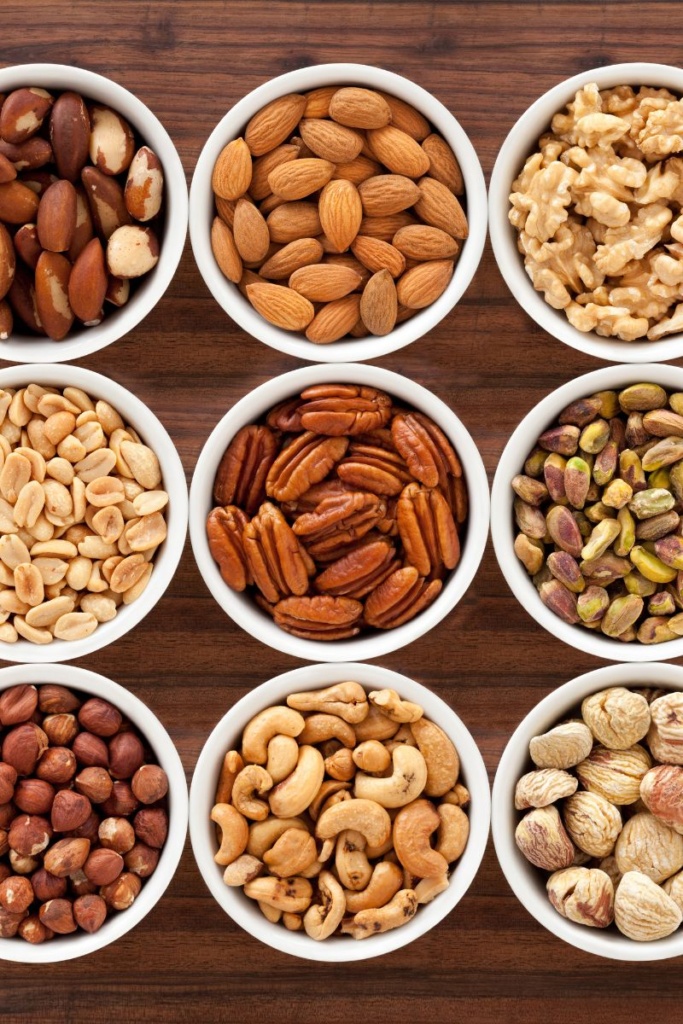
Add a healthy fat
Fat is one of the 3 macronutrients (The others being protein and carbs) that might be intimidating to some. Maybe you’ve heard that eating fat makes you fat, but that’s not the case.
Fat helps with brain function. And certain vitamins are absorbed better when you eat a fat source with them. Fat also adds flavor and satiety to a meal!
Now, fat has more calories than the other macros, so a little bit can go a long way. But pairing a fat with another food can really keep you full until your next meal!
Here are some examples of healthy fats:
- Cheese
- Avocado
- Nuts
- Peanut butter or almond butter
- Olives
- Olive oil
- Chia seeds
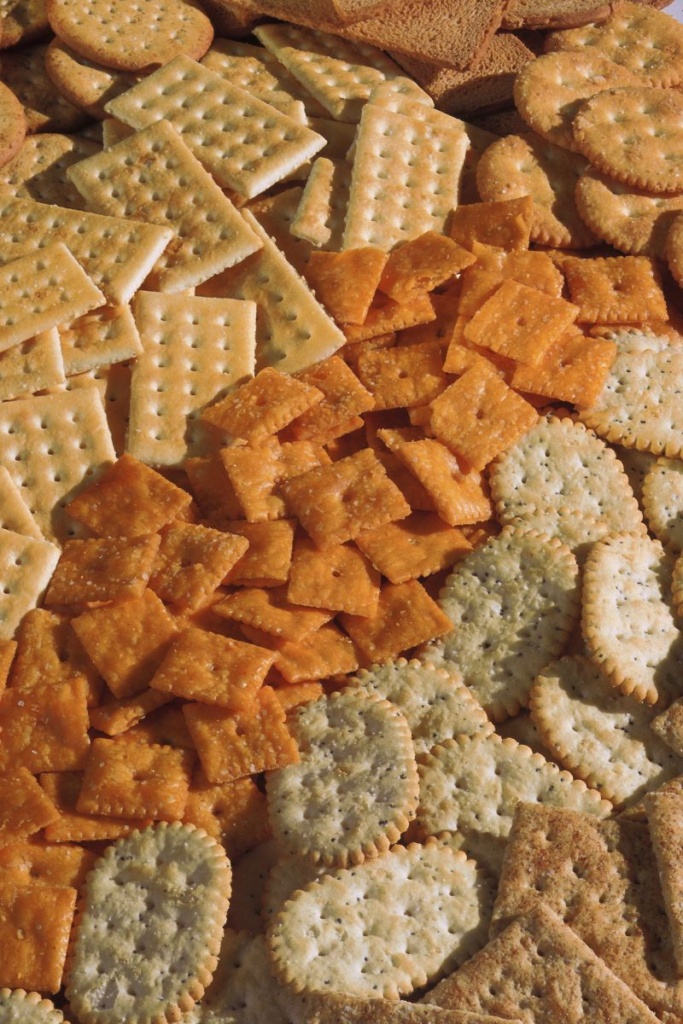
Add an energy-fueling carb
Carbohydrates are the other macronutrient that people get scared of. The Keto craze is becoming popular, with some people saying that carbs are what make you gain weight, that they’re bad for you and full of sugar.
The short and simple answer is that carbs are not the reason you gain weight. Carbs hold water, so that’s why some people see a dramatic weight loss in the first week after going Keto.
Carbs are what give you energy! The type of energy depends on what kind of carbs you eat.
Simple carbs made of refined flour (Like most crackers, white bread, and sweets like cookies) will give you a QUICK energy boost but then cause you to “crash” soon afterward.
Complex carbs made of whole grains (Like whole wheat bread, quinoa, and whole grain crackers) have extra fiber in them. The fiber helps the energy from carbs to release more slowly, so you get long-lasting energy without the crash.
Neither one is good or bad- they just have different uses!
Here are examples of carb-filled foods:
- Fruit
- Whole grain crackers
- Rice and quinoa
- Vegetables
- Whole grain bread and tortillas
- English muffins and bagels
So what does this look like?
I try to build my snack in the one of the following ways:
- Protein + Carb
- Fat + Carb
- Protein + Fat + Carb
Combining two or all three of these helps me build a balanced snack that will satisfy me and give me the energy I need until my next meal.

Portion sizes
So now you know what a snack looks like. But how do you know exactly how much to eat?
Food packages have recommended portion sizes on them, but they’re not a one-size-fits-all. You have to experiment and see what it takes to fill you up. Your gender, weight, activity level, wellness goals, and many other factors can come into play here.
Remember, a snack is a mini-meal. So you don’t need an entire meal’s worth of food- just enough to get you through the next couple hours!
If you’re looking for just a general place to start, here are some standard portion sizes:
- Hard-boiled eggs: 1-2 eggs
- Vegetables: 1 cup
- Fresh fruit: 1 cup
- Dips like peanut butter and hummus: 2 tablespoons
- Yogurt: 3/4 cup
- Cheese and nuts: 1 ounce, or a small handful
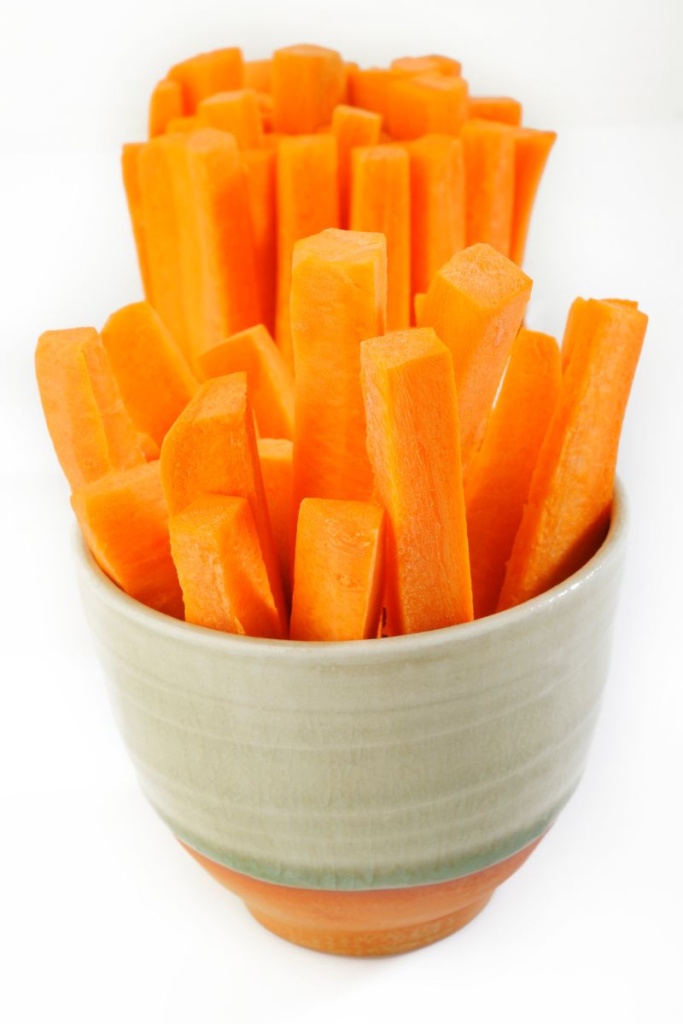
Healthy snack ideas
Now we need some examples! These are easy snack ideas that I’ve had in the past and recommend to my clients.
- Sliced apple with peanut butter
- 2 hard boiled eggs with whole grain crackers
- Baby carrots / cucumber slices and hummus
- Bell peppers / celery sticks with a Greek yogurt Tzatziki dip
- English muffin with peanut butter
- Cheese cubes and a handful of pretzels
- Whole grain toast topped with an individual guacamole cup
- Plain yogurt (Typically Greek) with berries
- String cheese and a banana
What will you eat during snack time now? If you need more great ideas, download this FREE PDF of mix-and-match balanced snack ideas! Pick one food from each column to customize your own healthy snack. With all the combinations, it’ll be awhile before you get bored!
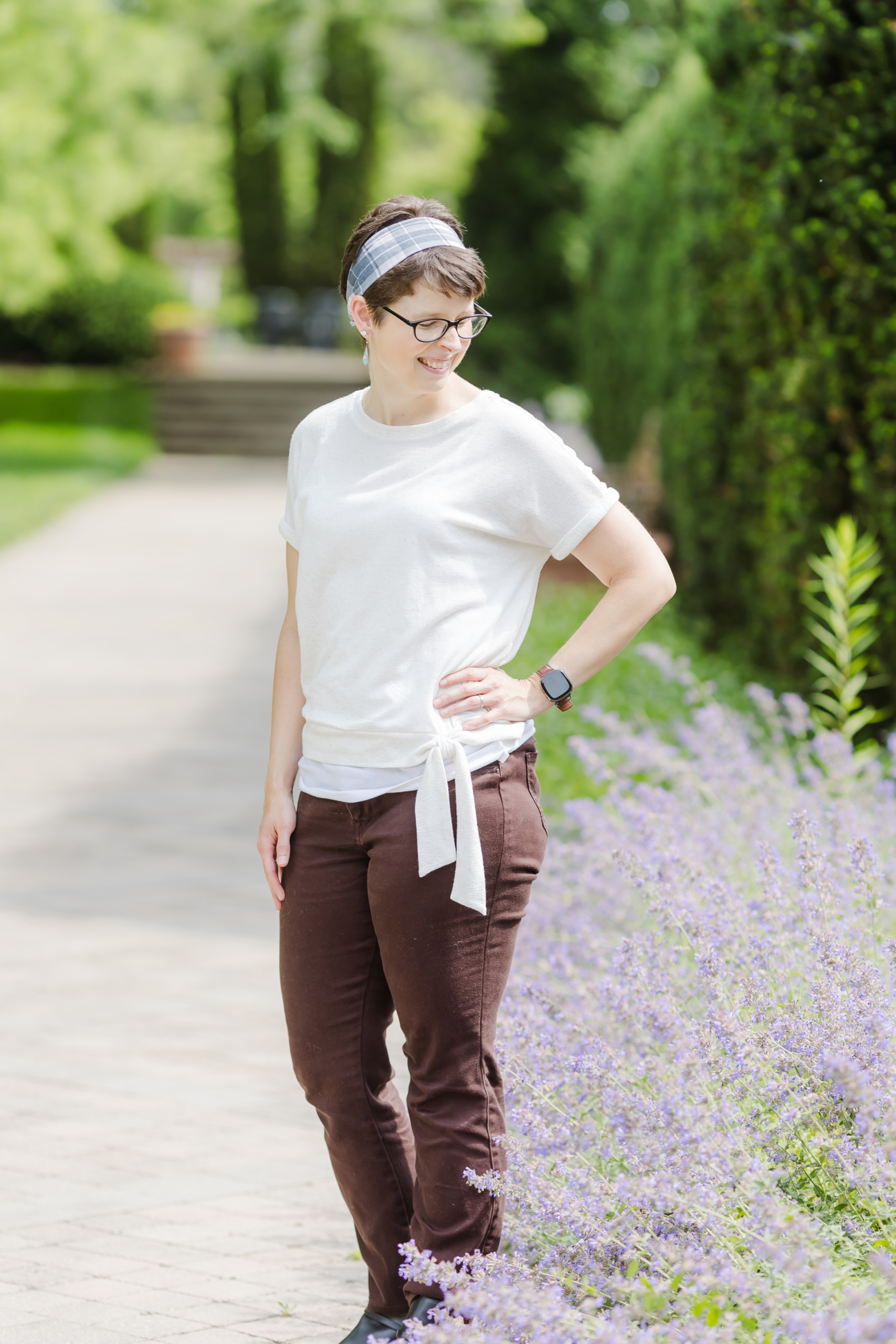
Jaime is a Nutrition Coach through the ISSA and professional writer. She has 4 years experience coaching and 9 years experience in writing. She enjoys cooking easy meals, running, and learning more about food.
Jaime specializes in helping women with ADHD learn to meal plan and cook healthier meals without getting overwhelmed.
